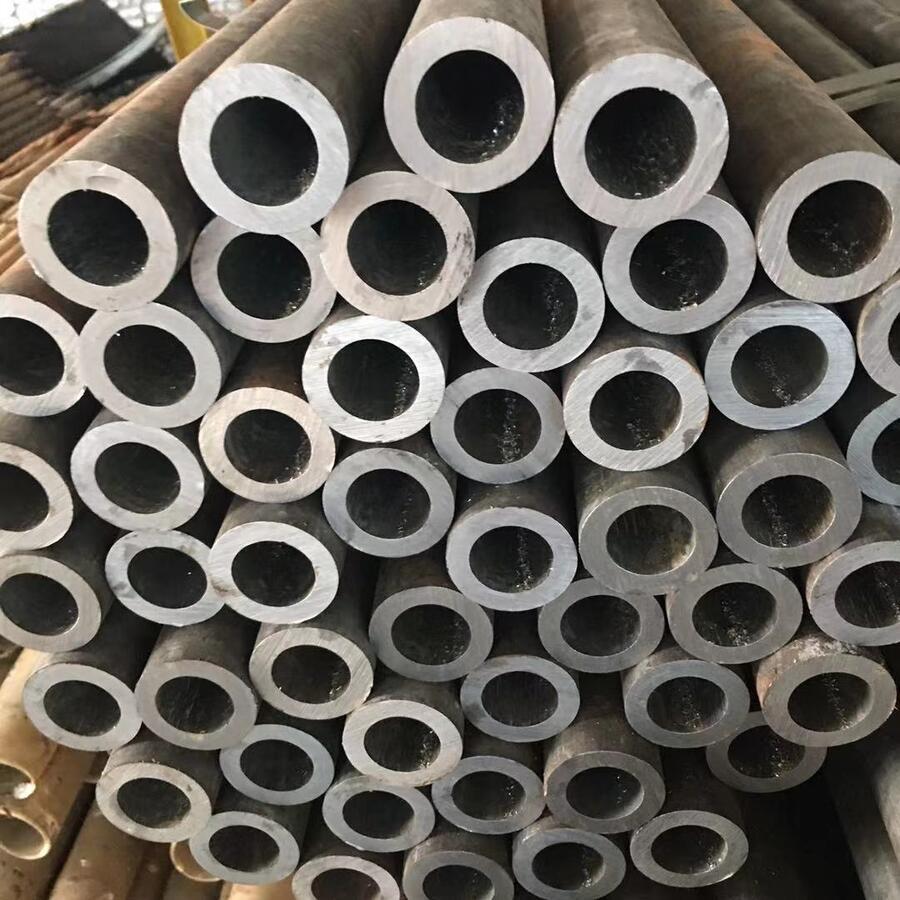The wire rod rolling mill is a critical piece of equipment in modern metal processing, designed to produce high-quality wire rods with precise dimensions and mechanical properties. These mills are widely used in industries such as construction, automotive, and manufacturing, where consistent material quality is paramount. In this article, we delve into the working principles, key parameters, and advanced solutions offered by industry leaders like HANI TECH to optimize wire rod production.
Understanding the Wire Rod Rolling Mill Process
A wire rod rolling mill transforms raw billets into wire rods through a series of rolling passes. The process typically involves:
- Heating: Billets are heated to 1,000–1,200°C in a reheating furnace to ensure plasticity.
- Roughing: Initial reduction of billet cross-section via multiple rolling stands.
- Intermediate & Finishing: Further reduction to achieve the desired diameter (usually 5.5–22 mm).
- Cooling: Controlled cooling on a Stelmor line to enhance mechanical properties.
- Coiling: Automated coiling for storage and transport.
Key Parameters of Wire Rod Rolling Mills
Below is a detailed table outlining critical parameters for a high-performance wire rod rolling mill:
| Parameter | Typical Value | Importance |
|---|---|---|
| Rolling Speed | 60–120 m/s | Determines production efficiency |
| Billet Size | 120×120–160×160 mm | Affects final wire rod dimensions |
| Finished Diameter | 5.5–22 mm | Standard range for industrial use |
| Annual Capacity | 300,000–1,000,000 tons | Scalability for large-scale production |
| Rolling Temperature | 950–1,050°C | Ensures optimal material ductility |
| Cooling Rate | 10–20°C/s | Critical for microstructure control |
| Motor Power | 1,500–3,000 kW | Drives rolling stands efficiently |
| Tolerance | ±0.1–0.3 mm | Ensures dimensional accuracy |
Advanced Solutions from HANI TECH
HANI TECH specializes in high-performance wire rod rolling mills with features like:
- Automated Control Systems: Precision monitoring of speed, temperature, and tension.
- Energy-Efficient Designs: Reduced power consumption via optimized motor configurations.
- Customizable Rolling Stands: Adaptable for diverse materials (carbon steel, alloy steel, stainless steel).
For auxiliary equipment like reheating furnaces or cooling beds, HANI Metallurgy offers complementary solutions to enhance mill performance.
Conclusion
The wire rod rolling mill remains a cornerstone of metal processing, with evolving technologies driving higher efficiency and product quality. By leveraging advanced parameters and solutions from providers like HANI TECH, manufacturers can achieve superior output while minimizing operational costs. For more technical insights or equipment specifications, visit hanrm.com or hanmetallurgy.com.




